Import Cars Mob Russian Border

Want to see something else than always the same tired parking lot at Long Beach? Go to Russia, tovaritch! There, car haulers are lining up for miles and miles and miles at the border. As reported yesterday, the Russians raised their car import duty to a prohibitive 30 percent, and whoever wanted to ship a car to Russia did it, before the new rate went into effect. Some at the end of the line didn’t quite make it.

Bertel Schmitt comes back to journalism after taking a 35 year break in advertising and marketing. He ran and owned advertising agencies in Duesseldorf, Germany, and New York City. Volkswagen A.G. was Bertel's most important corporate account. Schmitt's advertising and marketing career touched many corners of the industry with a special focus on automotive products and services. Since 2004, he lives in Japan and China with his wife <a href="http://www.tomokoandbertel.com"> Tomoko </a>. Bertel Schmitt is a founding board member of the <a href="http://www.offshoresuperseries.com"> Offshore Super Series </a>, an American offshore powerboat racing organization. He is co-owner of the racing team Typhoon.
More by Bertel Schmitt


















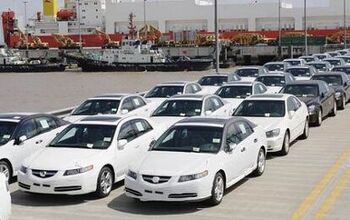





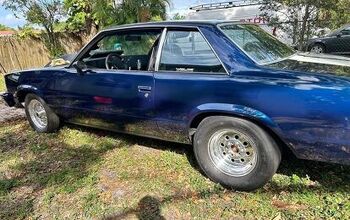


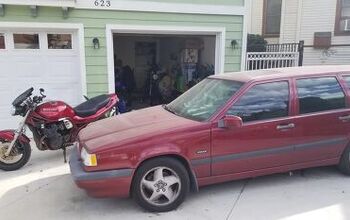


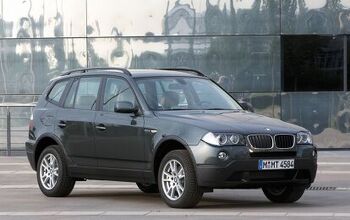
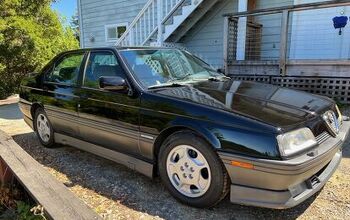

Comments
Join the conversation
NN: Seriously!
RobertFrankfurter: Huh? The US imposed safety and emissions standards before the rest of the world got around to it. You can argue whether they're the right standards or not, but now the EU has one set of stringent standards, the US another, and no one has really forced them to unify them. Can you give a single example of these standards being overlooked for domestic manufacturers?
@dreeves: The ECE standards are United Nation standards. Every signatory state can adopt from the standards whatever they want. Basically, it's NA against the world. Also basically, a global maker must produce three versions: LHD, RHD, NA. Russia is an ECE signatory.
@Bertel Schmitt: The ECE standards are european standards, created as a subgroup of the united nations... as in the "United Nations Economic Commission for Europe" http://www.unece.org/about/about.htm You're right that the rest of the world accepts these standards as a default, and that there tend to be three versions of global cars. I'm mostly responding to RobertFrankfurter, who was suggesting that the US regulations were created as a competitive barrier for foreign companies. In fact, the US automakers fought the safety and emissions regulations every step of the way, arguing that they would drive up the cost of their cars. Further, many of these standards were developed well before the european union did the same -- airbags, center-mounted brake lights and emissions regulations were implemented first in north america, and later in europe. Of course, one can point to other regulations and equipment that exist in europe and other parts of the world, but which are not required in the US -- the recent pedestrian design changes, and a number of lighting requirements (sidemarkers, rear fog lights, etc). Ideally, of course, everyone would be on the same standard; but to point to safety standards as an intentional trade barrier in the same vein as a 30% import duty is pretty silly.